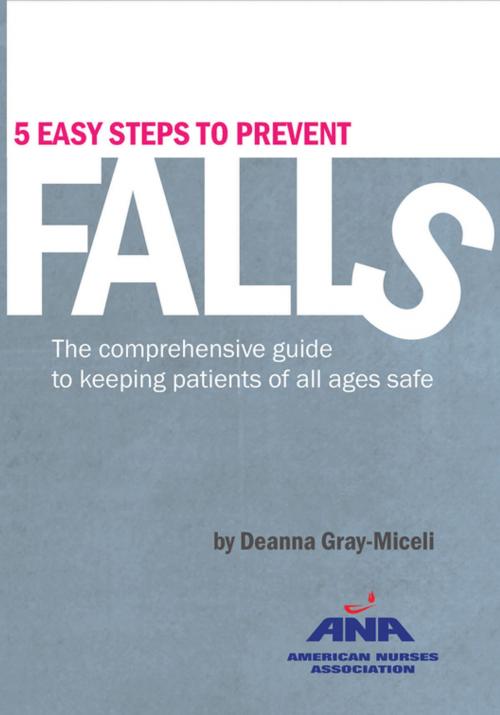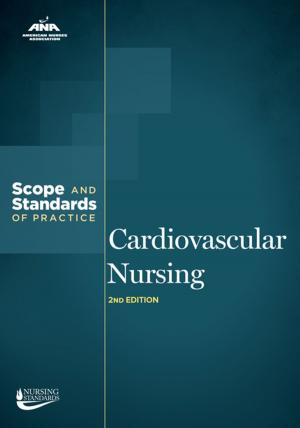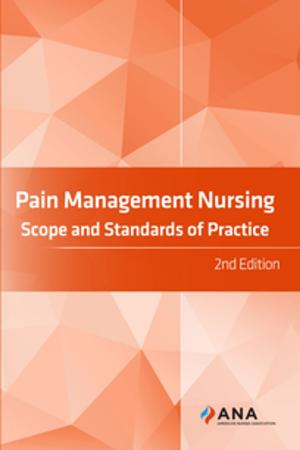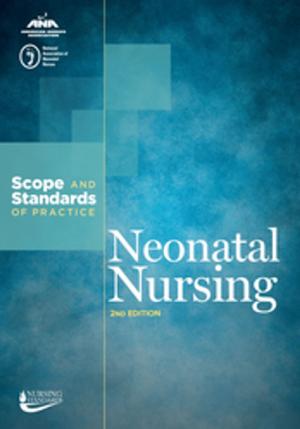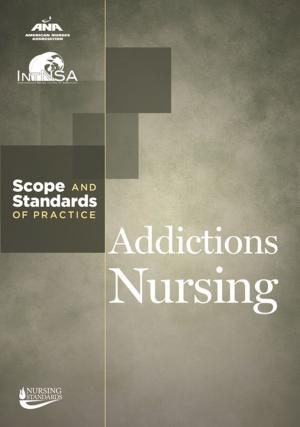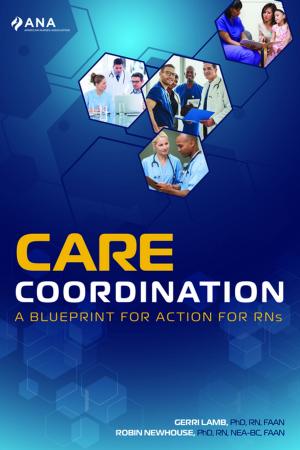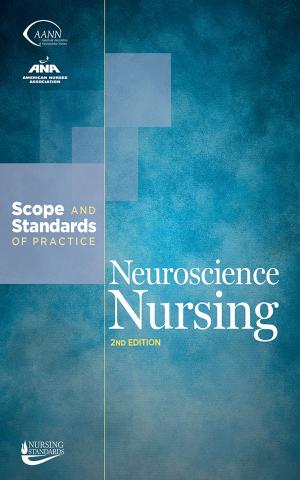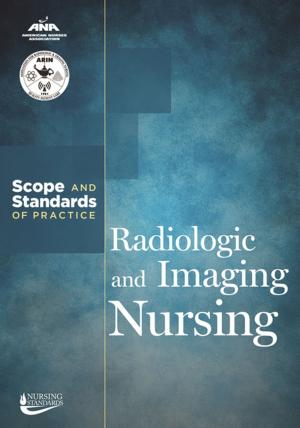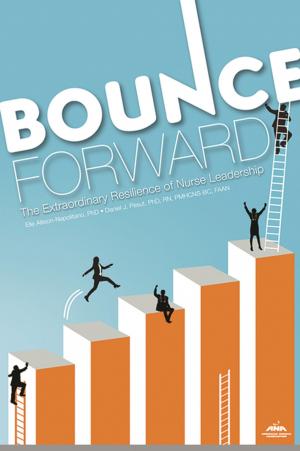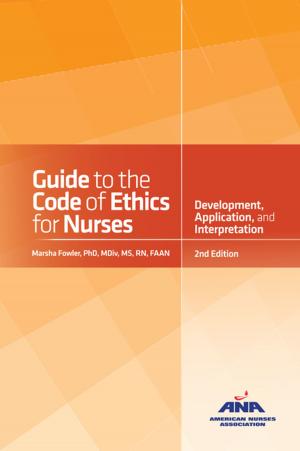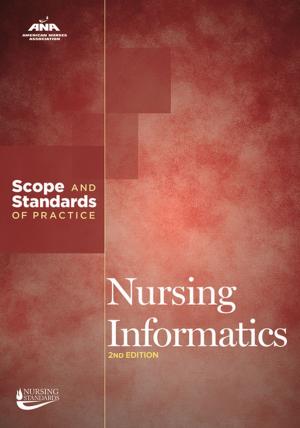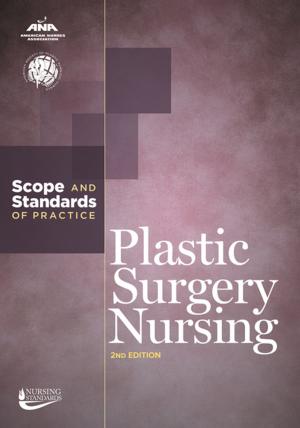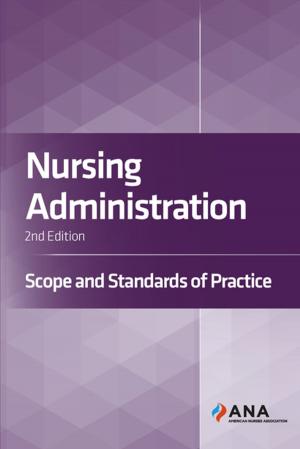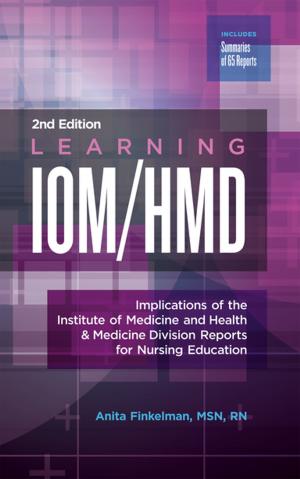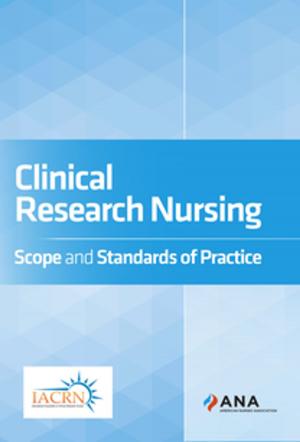Five Easy Steps to Prevent Falls
The Comprehensive Guide to Keeping Patients of All Ages Safe; not Five Easy Steps to Prevent Falls The Comprehensive Guide
Nonfiction, Health & Well Being, Medical, Reference, Hospital Administration & Care, Nursing, Management & Leadership, Fundamentals & Skills| Author: | Deanna Gray-Miceli | ISBN: | 9781558105690 |
| Publisher: | American Nurses Association | Publication: | December 4, 2014 |
| Imprint: | Nursesbooks | Language: | English |
| Author: | Deanna Gray-Miceli |
| ISBN: | 9781558105690 |
| Publisher: | American Nurses Association |
| Publication: | December 4, 2014 |
| Imprint: | Nursesbooks |
| Language: | English |
Despite new approaches, education and increased focus on preventative measures, patients are still falling. The facts are undeniable: Up to 50 percent of hospitalized patients are at risk for falls, and almost half of those who fall suffer an injury. Falls not only impact patients, they also directly affect an organization’s cost per case. The average hospital stay for patients who fall is 12.3 days longer for those who don’t, and injuries from falls lead to a 61 percent increase in patient-care costs. Introducing ANA’s newest publication, 5 Easy Steps to Prevent Falls: The Comprehensive Guide to Keeping Patients of All Ages Safe. This is a must-have, comprehensive, user-friendly guide for all practicing nurses working in hospitals, long-term care or other health care organizations. It’s complete with color photographs that highlight high-risk areas for falls and injury potential along with educational tips on how nurses can prevent falls and teach patients to do so as well. Divided into five easy-to-read chapters, this guide breaks down how to elicit those critical elements necessary to reduce and/or prevent patient falls across the care continuum. You will learn how to assess at-risk patients and those who have recently fallen through various tried-and-true techniques, assessment tools and teaching strategies, including how to: Determine the what-when-where-and-why the fall occurred based on current science Identify key symptoms associated with preventable falls and medical emergencies Safely administer basic tests of gait and balance Recognize and assess patients for orthostatic hypotension Identify early signs of post-fall injuries (including head injuries) Visualize firsthand high-risk environmental hazards causing falls and how to make them safe for patients Gain insight on teaching techniques to optimize patient skill about falls prevention And much more … Chock-full of evidence-based practice suggestions related to the primary and secondary prevention of falls, web-based resources, national clinical practice guidelines, clinical tips and special considerations for unique populations. This useful guide also illustrates how to effectively communicate and educate patients using the teach-back method.
Despite new approaches, education and increased focus on preventative measures, patients are still falling. The facts are undeniable: Up to 50 percent of hospitalized patients are at risk for falls, and almost half of those who fall suffer an injury. Falls not only impact patients, they also directly affect an organization’s cost per case. The average hospital stay for patients who fall is 12.3 days longer for those who don’t, and injuries from falls lead to a 61 percent increase in patient-care costs. Introducing ANA’s newest publication, 5 Easy Steps to Prevent Falls: The Comprehensive Guide to Keeping Patients of All Ages Safe. This is a must-have, comprehensive, user-friendly guide for all practicing nurses working in hospitals, long-term care or other health care organizations. It’s complete with color photographs that highlight high-risk areas for falls and injury potential along with educational tips on how nurses can prevent falls and teach patients to do so as well. Divided into five easy-to-read chapters, this guide breaks down how to elicit those critical elements necessary to reduce and/or prevent patient falls across the care continuum. You will learn how to assess at-risk patients and those who have recently fallen through various tried-and-true techniques, assessment tools and teaching strategies, including how to: Determine the what-when-where-and-why the fall occurred based on current science Identify key symptoms associated with preventable falls and medical emergencies Safely administer basic tests of gait and balance Recognize and assess patients for orthostatic hypotension Identify early signs of post-fall injuries (including head injuries) Visualize firsthand high-risk environmental hazards causing falls and how to make them safe for patients Gain insight on teaching techniques to optimize patient skill about falls prevention And much more … Chock-full of evidence-based practice suggestions related to the primary and secondary prevention of falls, web-based resources, national clinical practice guidelines, clinical tips and special considerations for unique populations. This useful guide also illustrates how to effectively communicate and educate patients using the teach-back method.
